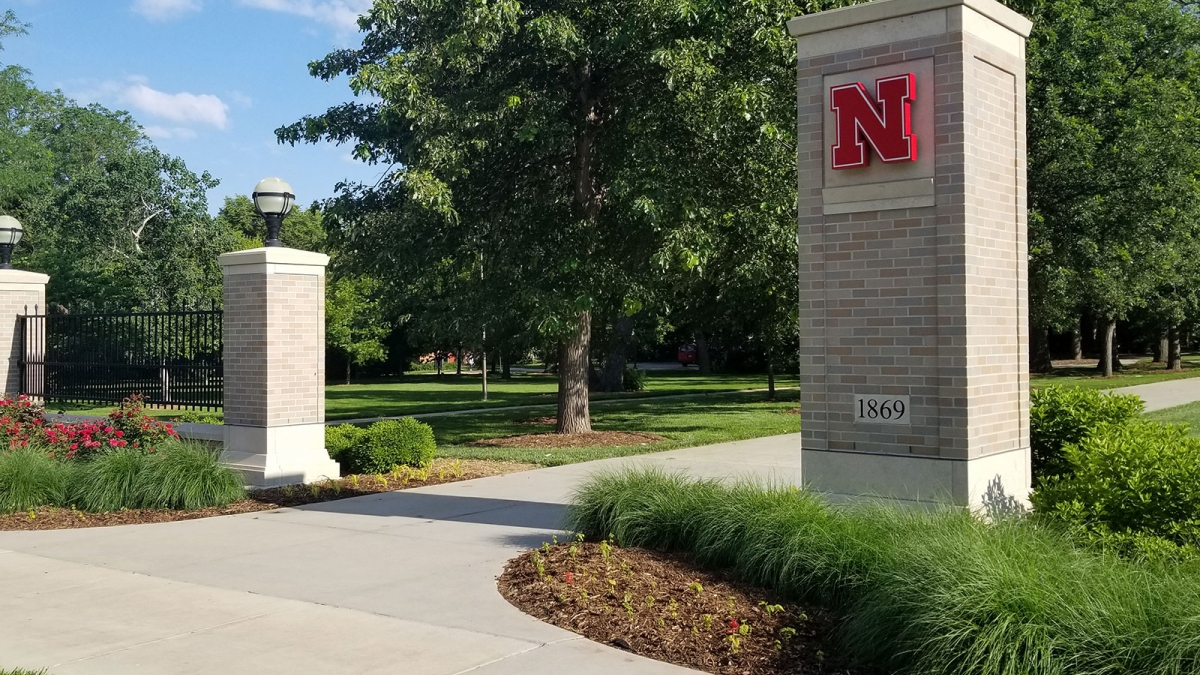
July 24, 2013
LINCOLN, Neb. — Two species of insects have been making life difficult for alfalfa and wheat farmers this season, a University of Nebraska-Lincoln entomologist said.
The wheat stem sawfly and the alfalfa weevil have been reported in higher numbers compared to last year, said Jeff Bradshaw, entomologist in UNL's Department of Entomology.
"We had a fairly warm, mild season last year and the wheat stem sawfly overwinters as a pupa," Bradshaw said. "If it is too warm in the spring, it will just decide to not emerge so it can actually carry over to the next year."
Bradshaw said that the higher numbers this year are partially due to carryover from last year.
The wheat stem sawfly lays eggs in the stem of wheat plants. When the larvae hatch, they damage the stems, causing the wheat to collapse in the field.
Combines have trouble harvesting fallen wheat, leading to a loss in yield.
"Not only can you not harvest the wheat, but when that wheat falls to the ground the mature grain can develop, leading to volunteer wheat," Bradshaw said. "The volunteer wheat can be a host of aphids and wheat curl mites."
Hail can have the same effect on wheat.
A special type of combine can harvest the fallen wheat, Bradshaw said, but the downside is the high cost of the combines.
Wheat can be cut early to prevent damage from the wheat stem sawfly, Bradshaw said. A process called swathing allows the wheat to be cut and placed in a "wind row," where it can dry out and then be harvested at a later date.
Due to the nature of the sawfly, it is difficult to control with chemical sprays.
"Not many products get inside the stem," Bradshaw said.
For farmers with a wheat stem sawfly infestation, there are a few options.
"One option is to plant a hard- stem wheat in a border area," Bradshaw said. "The sawfly can't completely finish development in a hard-stem plant."
If the problem persists, it may be best to transition the field to a different type of crop that is a non-host for wheat sawflies, such as corn, sunflowers, dry peas and some types of barley, Bradshaw said.
For alfalfa growers, the alfalfa weevil can cause damage to crops by eating the foliage.
"It seems to be a big problem," Bradshaw said. "Alfalfa weevil comes in early in the year during the first cut. The problem we have in Western Nebraska is that there seems to be another bump in the population earlier in the season."
Products like chlorpyrifos can be used to suppress alfalfa weevils, Bradshaw said.
"It does a decent job at suppressing the insects," Bradshaw said.
For more information on alfalfa weevils and treatment thresholds, go to: http://cropwatch.unl.edu/web/cropwatch/archive?articleID=5266768.
Jeff Bradshaw, Ph.D.Plant Pathologist
Entomology
308-632-1230
jbradshaw2@unl.edu
Heather Haskins
Student writer
Sandi Alswager Karstens
IANR News Service
402-472-3030
skarstens2@unl.edu